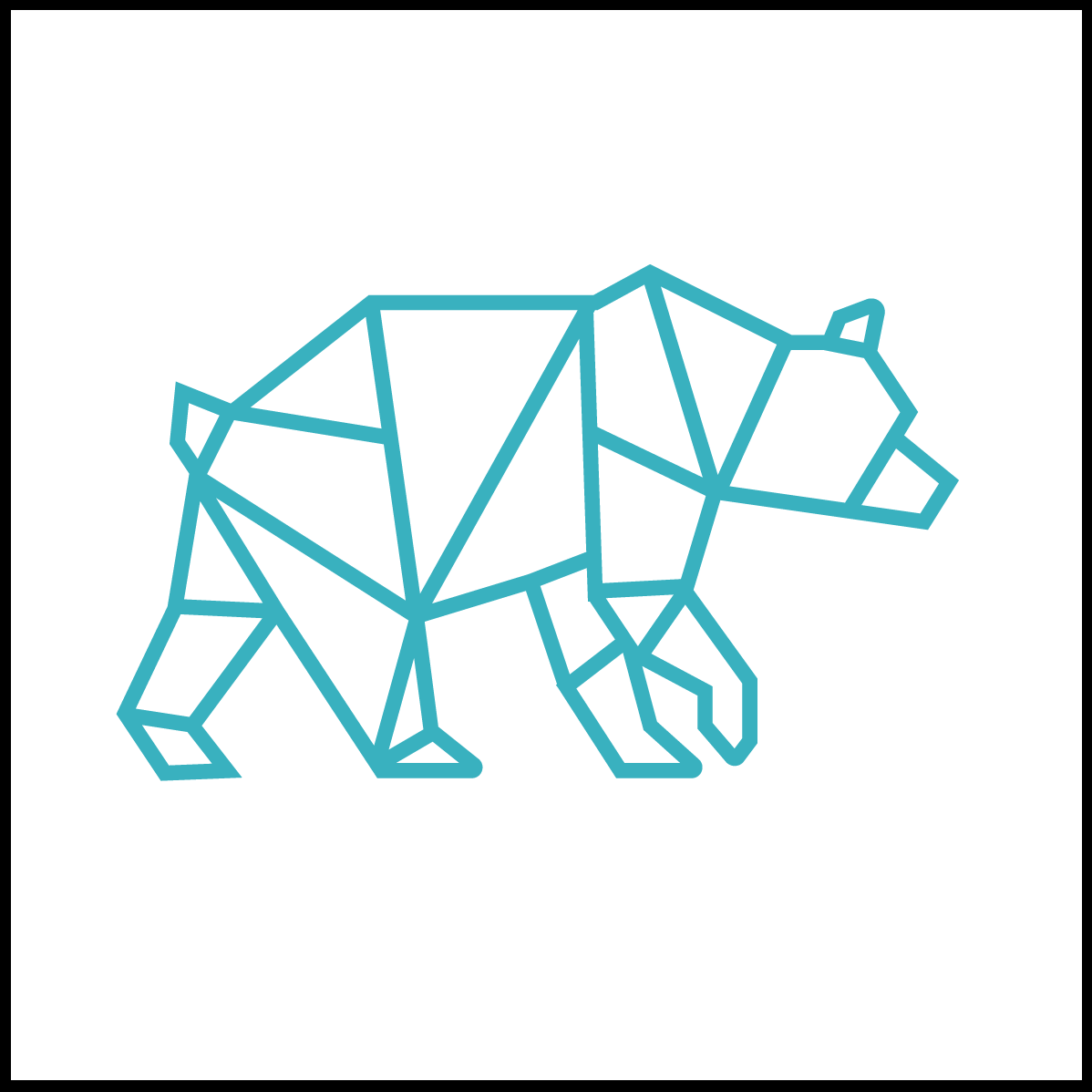
16 Aug What drives oil prices? The balance of Oil inventories.
Points to be taken from this read
Inventories act as the balancing point between supply and demand.
The relationship between prices and inventories allows for effects in either direction.
Some oil producing countries publish their inventory numbers irregularly, if at all.
Disclaimer
Most of the information here comes from the U.S. Energy Information Administration’s website (EIA) and some from Wikipedia. I am not pretending to come up with all this information myself. The only thing I did was go through the information and put together pieces of it to make it easier to understand and access for myself. This, I want to share with you and I hope it benefits you in some way. All the praise goes to the good people that put this up on the EIA and Wikipedia website.
Please go over to these respective websites for a lot more information:
EIA on the balance of ‘What drives Crude Oil’
https://www.eia.gov/finance/markets/crudeoil/balance.php
Keeping it simple
As I tried explaining in the disclaimer this post is just going to be the summarization of ‘facts’ I have found on the internet. Sort of like a cheat sheet for anything on the balance of crude oil. Above you can find the sources for the information listed here so head on over and look up more details if you wish.
So here it goes…
How do oil prices get influenced by the balance?
Inventories
- Inventories act as the balancing point between supply and demand.
- During periods when production exceeds consumption, crude oil and petroleum products can be stored for expected future use.
- In the economic downturn of late 2008 and early 2009, for example, the unexpected drop in world demand led to record crude oil inventories in the United States and other OECD countries.
- In contrast, when consumption outstrips current production, supplies can be supplemented by draws on inventories to satisfy the needs of consumers.
- Given the uncertainty of supply and demand, petroleum inventories are often seen as a precautionary measure.
Refineries and storage terminals can store crude oil and/or finished products like motor gasoline, heating oil, and diesel to prepare for seasonal fluctuations, refinery maintenance, or unexpected weather.
- Some petroleum products, such as heating oil and gasoline, have pronounced seasonal demand variance; inventories rise when consumption is lower and are drawn down when consumption increases. For this reason, inventory levels are most usefully assessed in relation to prior year levels for the same calendar quarter.
Future expectations
Because inventories can satisfy either current or future demand, their level is sensitive to the relationship between the current price of oil and expectations of future prices.
- If market expectations indicate a change toward relatively stronger future demand or lower future supply, prices for futures contracts will tend to increase, encouraging inventory builds to satisfy the otherwise tightening future balance.
- On the other hand, a sharp loss of current production or unexpected increase in current consumption will tend to push up spot prices relative to futures prices and encourage inventory draw downs to meet the current demand.
The relationship between prices and inventories allows for effects in either direction.
- If futures prices rise relative to the current spot level, incentives to store oil (and wait to sell at the higher expected price) will strengthen.
- Conversely, if market participants notice an increase in crude oil storage, this increase can indicate that current production surpasses current consumption at the prevailing price.
- Spot prices will likely drop to rebalance demand and supply.
- This balancing between current and future prices and between supply and demand through inventories is one of the main connections between financial market participants and commercial companies with a physical interest in oil, both of whom engage in futures trading.
- Physical inventory levels and price spreads over time act as signals between current market participants and those with longer-term exposures.
Publications
The U.S. Energy Information Administration publishes weekly, monthly, and annual inventory statistics for crude oil and its related products.
Industrialized countries that belong to the Organization of Economic Cooperation and Development (OECD) countries usually publish inventory statistics on a regular basis.
Real numbers not always available
However, inventory data for other countries—including key developing countries with rapidly growing oil consumption as well as major producing countries—is sometimes available on a less timely basis, or in some cases, not available at all.
- In addition, oil is often stored on ships at sea.
- The lack of complete information on inventories creates additional uncertainty in oil markets, which can also influence oil prices.
- Finally, in addition to the commercial inventories discussed above, the United States and other countries maintain strategic reserves of oil. The U.S. Strategic Petroleum Reserve, which is maintained by the Department of Energy, currently holds almost 700 million barrels of oil that can be drawn upon by order of the President in the event of a supply disruption that meets specific statutory criteria.
- Members of the International Energy Agency, including the United States, collectively hold about 1.6 billion barrels of publically-owned petroleum stocks for emergency response.
Thanks for reading
I hope this post helps to make the relations between OECD members and non-OECD countries more clear in terms of the demand of the world’s oil and thus oil prices.
If you like what I’m doing here please leave a quick comment. It will be much appreciated. Trolls are still welcome as well. And subscribe to my newsletter if you like.





No Comments